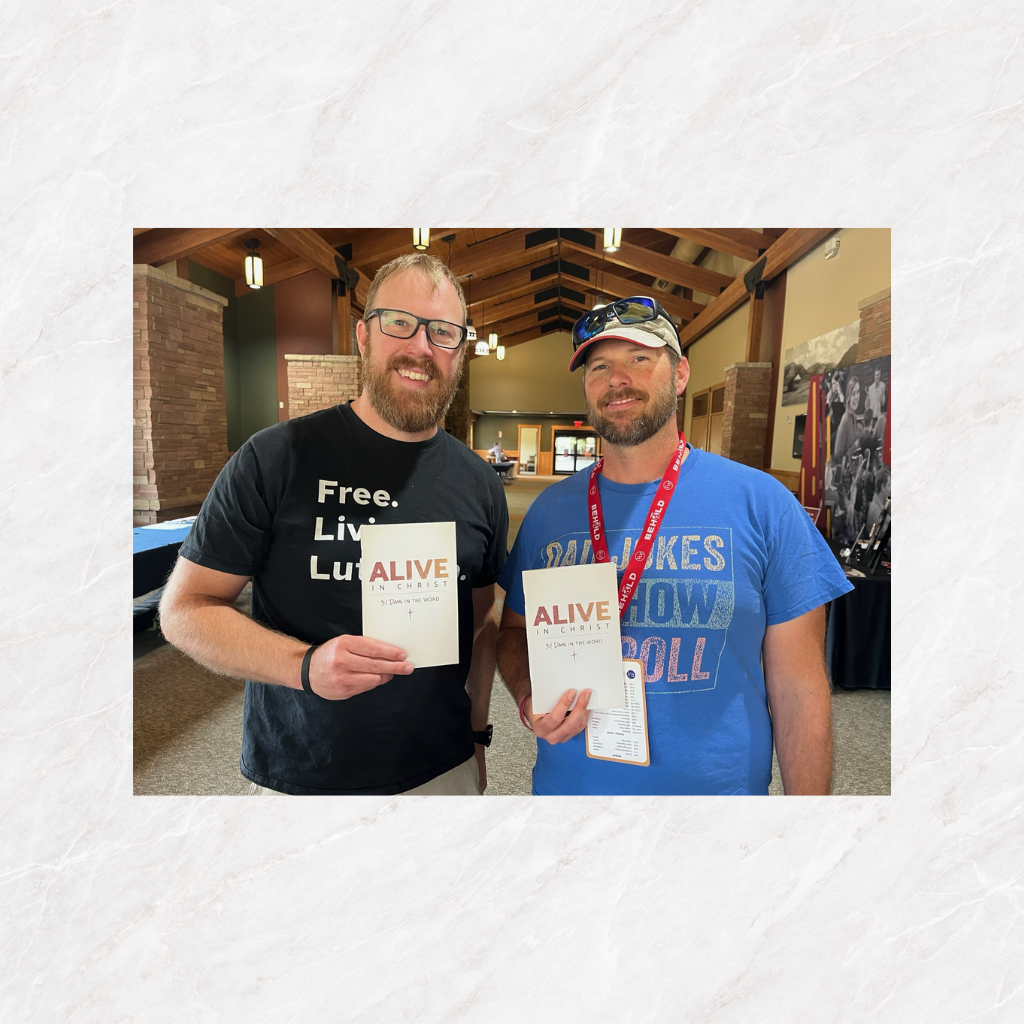Reviews
The Fabricated Luther

The 500th anniversary of Martin Luther nailing the 95 theses to the door of the church in Wittenberg, thus marking the beginning of the Lutheran Reformation, has been cause for much celebration and has created a renewed interest in Lutheran doctrine. There has also been, and unfortunately so, a renewed movement to criticize both the man Martin Luther and certain aspects of his teaching.
While it is true that Luther was not perfect, and there is plenty of material out there to examine critically, much of this renewed criticism is unwarranted. This is especially the case in Luther’s doctrine of “the two kingdoms” and its apparent use by Lutherans during Third Reich, which enabled the atrocities of World War II.
Journalist Uwe Siemon-Netto, himself a German, addresses these criticisms, offering corrections to blatant falsehoods and misunderstandings alike while also faithfully laying out an accurate articulation of the doctrine of the two kingdoms in his book The Fabricated Luther. Originally composed as his doctoral thesis, Siemon-Netto displays his gifts for both thorough research as well as an easy-to-read-and-understand writing style in The Fabricated Luther.
The book opens with Siemon-Netto’s premise for the entire project: “Used as a metaphor for a particular way of thinking, clichés distinguish themselves by their ‘capacity to bypass reflection and thus unconsciously to work on the mind, while excluding potential relativizations.” Clichés are unable to give a truthful picture of any given object because clichés are never more than two-dimensional and will never change.
Herein lies the problem with the criticism that the Nazis used Luther and the doctrine of the two kingdoms as license to eradicate Jews and commit the other horrors that led to World War II. The accusation behind this criticism is that Lutheran pastors, and Lutherans in general, failed to stand up to the Nazis in the years that led up to the war and during the war itself.
Siemon-Netto takes this criticism head on and demonstrates not only how it is false, but also takes the time to delineate the history of Lutheran resistance, writing about such figures as Dietrich Bonhoeffer and Carl Goerdeler (a figure in history I was unfamiliar with but now have a great desire to learn more about).
The Fabricated Luther then moves from World War II history to the Lutheran role in resisting and overthrowing communism in East Germany, culminating with the destruction of the Berlin Wall in 1989. Siemon-Netto highlights how the liberal, modern church attempted to address the “situation of the world we live in” and ended up with empty pews, while the faithful churches, where orthodox Lutheran sermons were preached, were filling up with young people en masse. This culminated with a Lutheran-led, peaceful protest to communism just before the Berlin Wall came down.
The Fabricated Luther is an interesting, enjoyable, and accessible read that I highly recommend to anyone interested in Lutheran history, Lutheran doctrine, or both. It will serve to be clarifying both on confusing matters of history as well as Lutheran teaching.
Pr. Jason Gudim
Faith Free Lutheran Church
Minneapolis, MN
Order your copy here: Ambassador Publications Online Store

Mountains Have Valleys

Bach Among the Theologians

